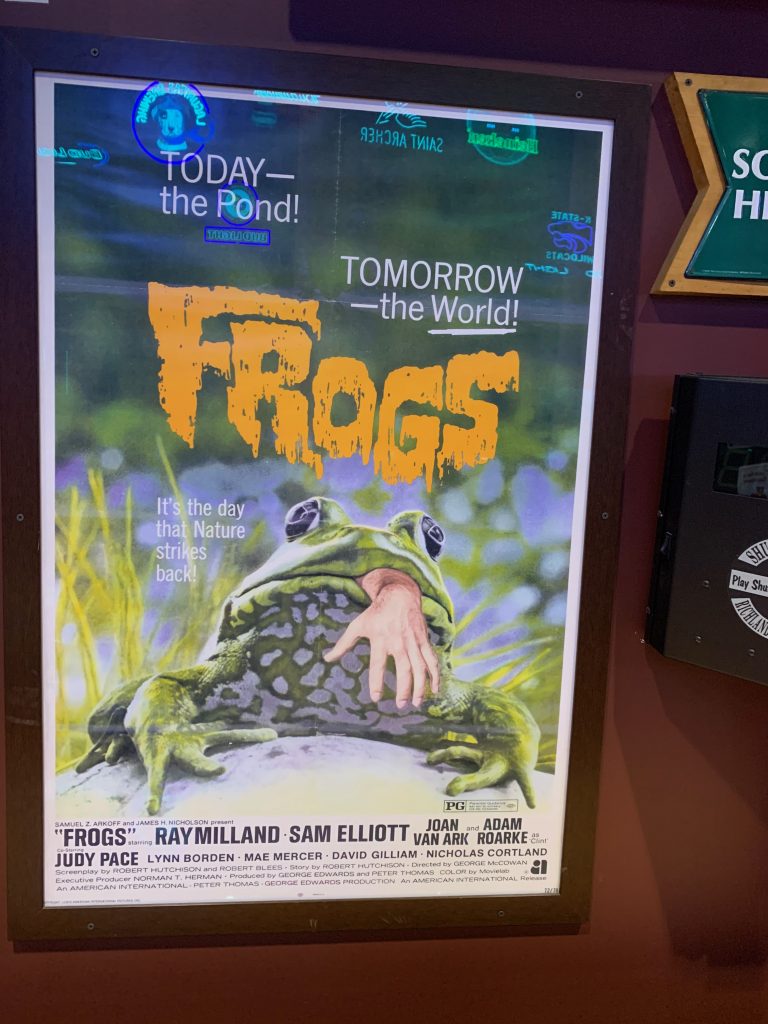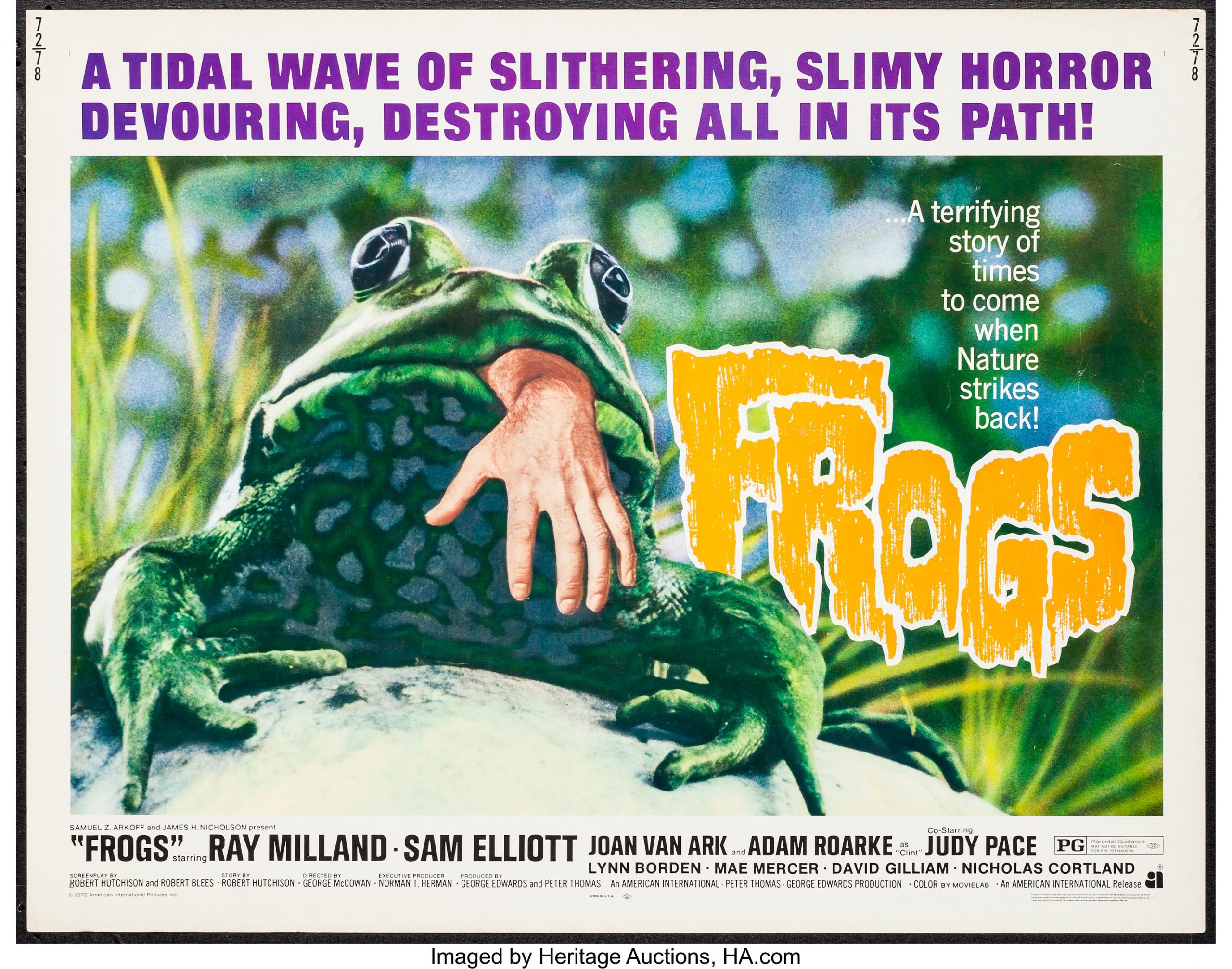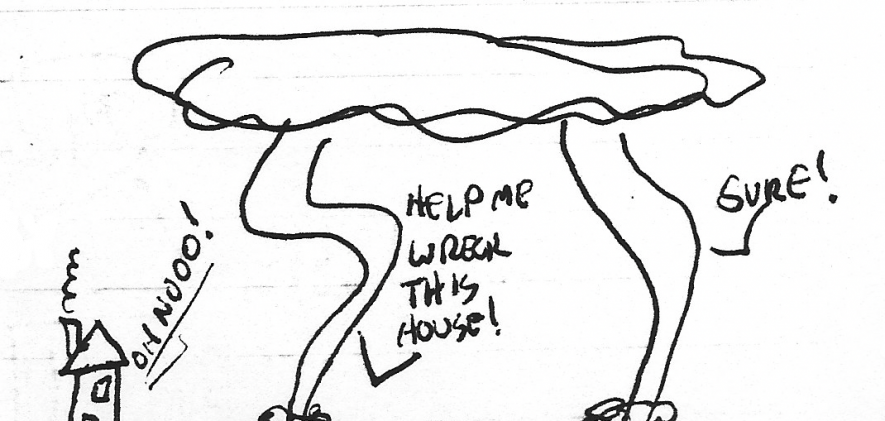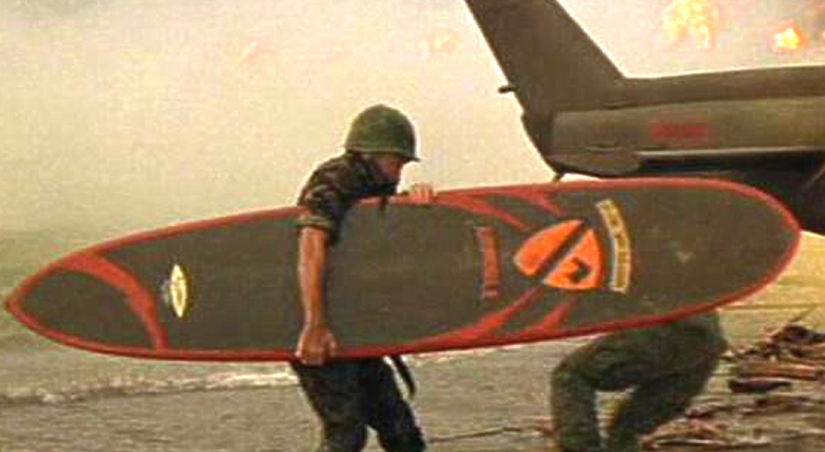I know how to prove that men and women are fundamentally different:
Put a man and a woman into separate rooms alone with a new appliance—say, a bread machine—and watch what happens. The woman will make some bread. On the other hand—bear in mind that this is a brand new appliance, right out of the box—the man will take the bread machine apart to see how it works.
There’s a corollary here: I have a sermon/demo I’ve presented in various churches, wherein I break a stack of concrete blocks, then talk about how breaking concrete blocks with your bare hands is just exactly like becoming a Christian and going to heaven.
After I’d done it a number of times I realized that when I said looky here; I’m going to smash all these concrete blocks with my bare hands, the audience response is divided right down the middle between men and women:
The men would say, “Cool!”
The women say, “Why?“1
I’m not sure what drives men to take things apart. Maybe some psychiatrist has it figured out. If so, I bet the psychiatrist is a man. Why? For the same reason psychology has traditionally been a male pursuit: Psychoanalyzing people is very much like taking them apart to see how they work.
I think the drive to take things apart is genetic, not learned. For instance, I saw a TV show once about Underwriters Laboratories. This company takes new products, disassembles them down into molecules to see how they’re designed, and then figures out ingenious ways to break them.
Underwriters Labs pays the guys in white lab coats you see on TV commercials who build a robot arm to open and close a refrigerator door 38 billion times in two weeks. All guys, mind you—you never see women in the commercials. These are the men who send cars hurtling into concrete walls at 90 miles an hour to see what will happen to the dummies inside.
I’ve often dreamed about working for one of those companies that blow up buildings so that they collapse into their own basements.
Oddly enough, their research has conclusively proven over and over again that the dummies (surprise!) get demolished. But for some reason, they still find it necessary to crash an average of 10 cars a week.
Don’t tell me it’s all about safety and research—these guys are having the time of their lives. I’m not sure why Underwriters Labs even bothers to pay them; most men would probably work there for free. I know I would.
I’ve often dreamed about working for Underwriters Laboratories. I’ve also dreamed about working for one of those companies that blow up buildings so that they collapse into their own basements (c’mon—you have, too, haven’t you? Let’s see a show of hands, guys … I knew it!).
My favorite destructive fantasy, though, involves working for one of the big auto manufacturers. Their research departments have teams that secretly buy competitors’ cars. Then they completely disassemble the cars and mount all the parts on sheets of plywood, which they hang in a warehouse.
You must understand, though—when I say they disassemble a car, I’m talking a level of disassembly rarely seen on this earth. If a butcher rendered a cow the way these guys take on a car, he would need 17 square acres of countertop. Every single part in the car is broken down completely: The door locks are taken apart into piles of tiny springs and wafers. The engine is transformed into a heap of pistons, rings, bolts, bushings, springs, valves and bearings. The starter motor is unwound to see how much wire is in the armatures.
Every hook, pin, screw, nut, bolt, gear, spring, bushing, staple, clip, clamp, strap and wire in the car is unfastened, until the engineers have thousands of parts to catalogue and mount on the boards. They even unstitch all the upholstery, separate glued-together pieces, and cut all the welds apart until they have the original pieces of metal that make up the body and frame.
They say this is done to help them better understand their competitors’ designs. But it sounds like a labor of love to me. I bet they draw straws to see who gets to take things apart and who has to do the paperwork.
Yep, I’d be really good at that sort of thing; I’ve always been a champion disassembler myself. When I was 8, my parents gave me a watch. I pried off the back to see how it worked (and my mother has never quite forgiven me). Since then, I have disassembled electric razors, toasters, an electric knife, radios, car stereos and tape decks, a variable speed drill, an electric guitar, a See ‘N Say, and anything else I could get my hands on.
Last year I sawed an 8‑foot-wide aluminum satellite dish in half.
When I was 19, I took the engine out of my car and put it back. It was so much fun I did it again a year later. Last year I sawed an 8‑foot-wide aluminum satellite dish in half (don’t ask).
I suppose (I said don’t ask!) I can understand why, when my parents gave me a bicycle for my 24th birthday, my mother looked me right in the eye and with a straight face said, “Now don’t go taking this apart to see how it works!” She needn’t have worried. Bicycles were kid stuff; I was in the big leagues by that time.
The all-time highlight of my deconstructionalist career was when I murdered a piano. My roommate, George, had bought an old upright piano for $100. This beast was made by a German company called Gulbransen, and it was so heavy it took eight people to move it into our house. I think moving one of the rocks at Stonehenge would have been easier. The piano’s wheels left ruts in the wood on our front porch, it was so heavy. In fact, I think the Germans designed that piano to hold pillbox doors shut against enemy mortar fire in World War II. It was that kind of heavy.
Anyway, after we all got hernias moving this battleship anchor of a piano, George discovered it had six keys that didn’t work at all. The remaining 82 were so far out of tune they made my dog howl when we struck them. George called a piano tuner, who came over, listened to the piano, and then left, laughing so hard he was drooling.
Needless to say, George didn’t want to take the piano along when he got ready to move out a year later. The problem was that he had no way to dispose of it, and he was too kindhearted to sell it to some other sucker—I mean, victim.
So while George was at work one evening, I decided to surprise him: I took the piano apart and put it in a Dumpster in a parking lot behind our house. I used pliers to cut the strings; a crowbar took care of everything else (champion disassemblers don’t need hundreds of tools; that’s for wimps like Tim Allen).
Over the course of an hour or so that night, my friend, Dave, and I stealthily carried the dismembered piano to the Dumpster, armload by armload. Finally, only two pieces were left: the back frame, which was made of huge oak beams, and the harp, a thick steel framework over which the strings had been stretched. These pieces weighed several hundred pounds each and were the only parts that were difficult to maneuver into the Dumpster.
The Dumpster squatted at the end of the alley like a land mine as George and I gleefully peered out the upstairs bedroom window.
George nearly had a heart attack when he got home and found nothing but a major dent in the carpet where his piano had been.
At 5 a.m. the next morning, George woke me excitedly. One of those trucks that picks up Dumpsters and turns them upside down to empty them was rumbling up the alley toward the Dumpster. The Dumpster squatted at the end of the alley like a land mine as George and I gleefully peered out the upstairs bedroom window.
The driver positioned the loader’s arms in the slots on the Dumpster’s sides and turned on the hoist. George and I clutched our sides with laughter as the truck’s engine roared—and nothing happened. The driver scratched his head and put the hoist into a lower gear. With the truck’s engine bellowing in protest, its suspension groaning and the hoist’s gears screeching, the Dumpster slowly left the ground.
As we held our breath, the Dumpster turned over, the lid flipped open and the harp and frame tumbled out into the truck’s bed, which—and I knew God loved me when I saw it—was empty. The harp and frame landed flat in the truck’s bed with a resounding, thunderous boom. The rest of the pieces slid out on top, crashing and rattling into a heap atop the frame.
The noise echoed up and down the predawn street; lights began appearing in windows. The driver and his helper staggered out of the truck, holding their ears, and climbed the side of the bed, no doubt thinking an asteroid had just landed in the truck.
They looked over the side of the bed in astonishment. I could hear them excitedly questioning each other: “How on God’s green earth did a piano get in there?” the driver said in amazement.
I closed my eyes and sighed wistfully, knowing I would probably never again experience a moment so sublime this side of eternity.

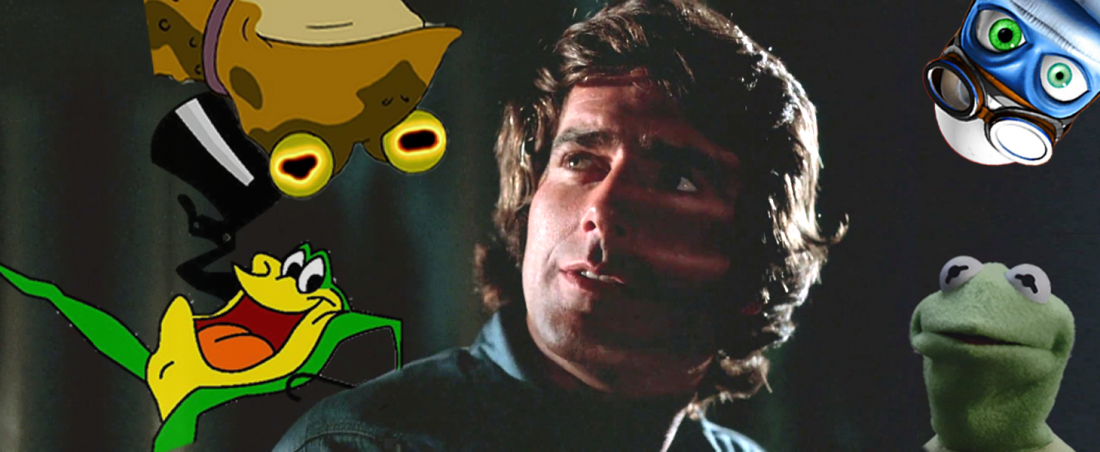

 JBs recently moved to a much larger building, which I was glad to see, what with all the locally owned businesses around the country driven out of business by the pandemic.
JBs recently moved to a much larger building, which I was glad to see, what with all the locally owned businesses around the country driven out of business by the pandemic.